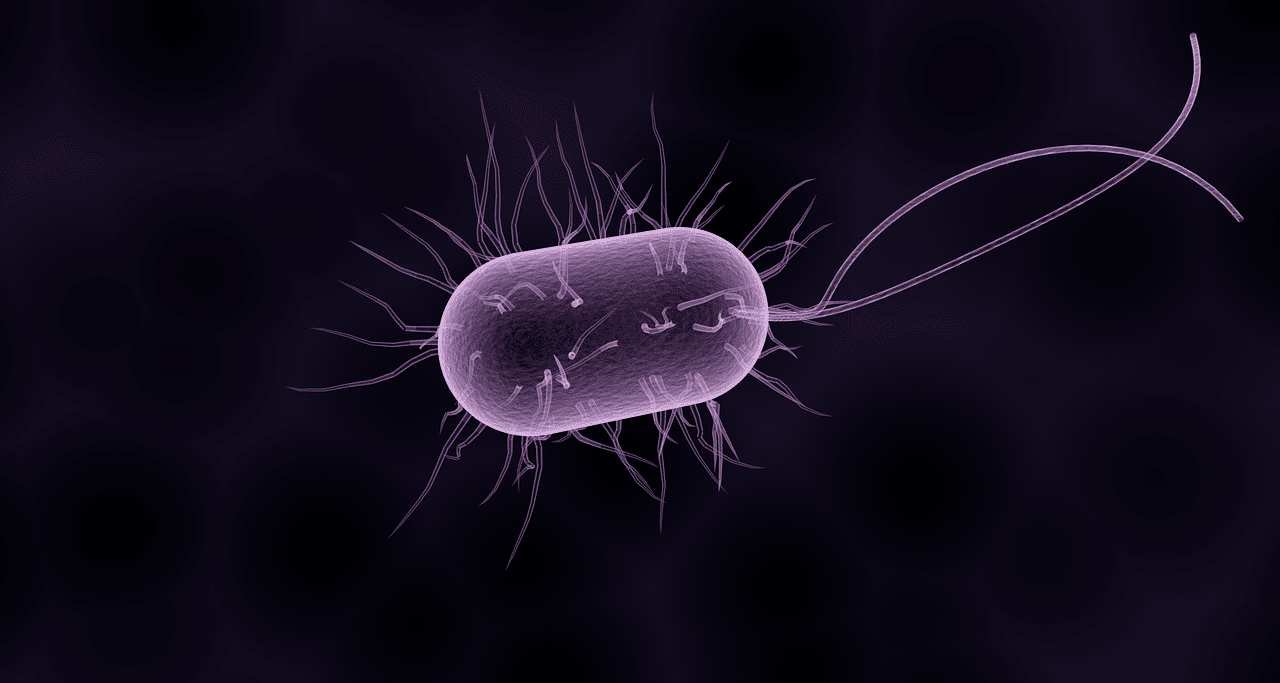
A scourge can be a tragedy or an affliction.
Flagellum is an instrument used for whipping . The flagellum - from the Latin flagellum - can be a whip, a whip or a crop that, when violently struck against someone, causes pain and injuries . A person can be flagellated as punishment or in the middle of a sad-masochistic sexual practice, although they can also flagellate themselves if they decide to impose a penance on themselves.
By extension, a calamity , affliction or tragedy is known as a scourge. For example: "Drugs are a scourge that hits all communities" , "The scourge of crime does not allow us to live in peace" , "Depression is a scourge that I cannot get rid of" .
The notion of flagellum is also used to name the repeated onslaught of water (that is, the waves ). This phenomenon is caused by the action of the wind that exerts friction on the surface of the water.
Scourge in biology
In the field of biology , the flagellum is the whip-shaped, filiform organelle found in various unicellular organisms and in certain cells of multicellular organisms. This flagellum allows it to perform various movements and perform different functions depending on the organism. Sperm , for example, have a flagellum that allows them to move.
Flagella can be eukaryotic, bacterial or archaeal. Eukaryotic flagella are a cellular projection that allows generating a helical movement. Bacterial flagella , for their part, constitute a complex mechanism in which the filament rotates like a helix. Archaeal flagella , finally, are similar to bacterial flagella although they differ in multiple details.

Bacteria have appendages called flagella.
Appendices of bacteria
It is an extensive extracellular, helical, filamentous appendage and is responsible for most motile bacteria being able to move in liquid media. Regarding its disposition, it can be lateral (perythric) or polar (lophotric, monotric or amphitrich).
The following elements make up the structure of the bacterial flagellum:
- Filament : it is the part that can be seen with an optical microscope and is formed from smaller units of flagellin, which make up a rigid helix. It is the flagellar antigen (H), which characterizes each strain and each species. Its work is not mechanical, since the filament is equivalent to the propeller of a ship, but rather the movement is carried out by the basal corpuscle.
- Elbow or hook : curved part whose purpose is to articulate the filament and the basal corpuscle. It is made up of assembled subunits of a protein.
- Basal corpuscle : this is the motor of the flagellum and is located in the membrane and wall, to anchor it to the cell body. Its appearance is that of a series of rings that cross a central protein cylinder.
In Gram-negative bacteria (those that do not turn dark blue or violet through Gram stain), the basal corpuscle has two pairs of rings : an inner one (S and M), and an outer one (L and P). There is a fifth ring that is located below M, and is called C; It is made up of the proteins FliG, FliM and FliN. Surrounding the corpuscle are subunits of MotA and MotB, two integral membrane proteins.
In Gram-positive bacteria (those that do stain dark blue or violet through Gram stain), the basal corpuscle has a less complex structure : a cylinder in the center and only two rings (M and S). The S ring may be connected to the peptidoglycan, analogous to the P of Gram-negatives.
Regarding the movement of the bacterial flagellum, it is random and consists of fragments of a few seconds in one direction, until turning through pitching and swimming in a new direction.
